Kerman’s Best Attractions with Descriptions + Address

Kerman is the capital of a province with the same name that has a population of 821000 and it is the 10th most populous city in Iran. This semi-desert city is at the altitude of 1756 meters above the sea level and it is the third highest capital of the province in Iran. A high altitude has caused the city to have a more moderate climate compared to other desert cities in Iran.  It should be said that Kerman has a long rich history and witnessed important events in Iran's history, hence it has got the title of 5th historical city in Iran. Thousands of tourists visit the city to see about 7000 historical attractions of the city. Keep up with us on Travital to introduce you to some of the best historical attraction of Kerman with descriptions and full addresses of them.
It should be said that Kerman has a long rich history and witnessed important events in Iran's history, hence it has got the title of 5th historical city in Iran. Thousands of tourists visit the city to see about 7000 historical attractions of the city. Keep up with us on Travital to introduce you to some of the best historical attraction of Kerman with descriptions and full addresses of them. 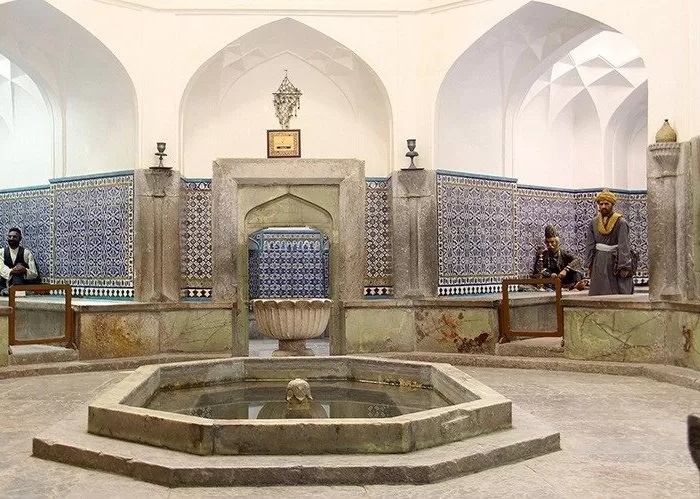


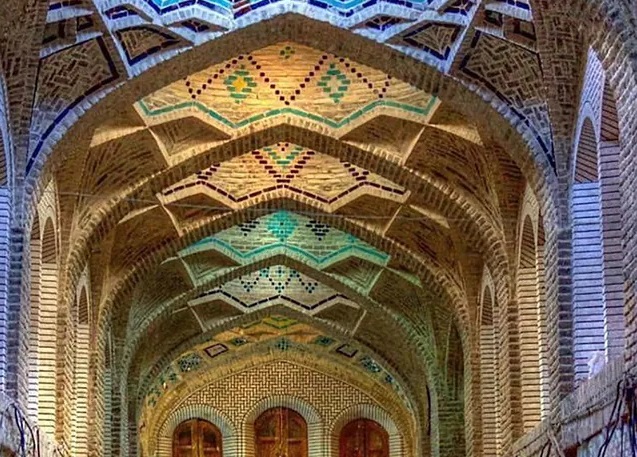
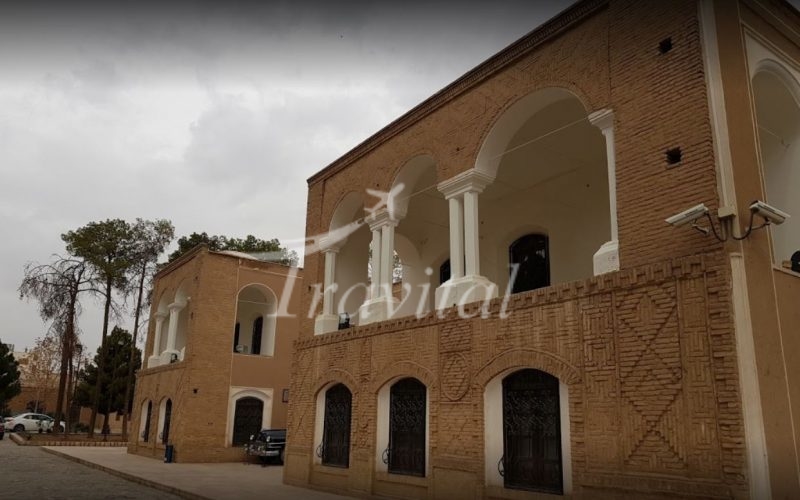


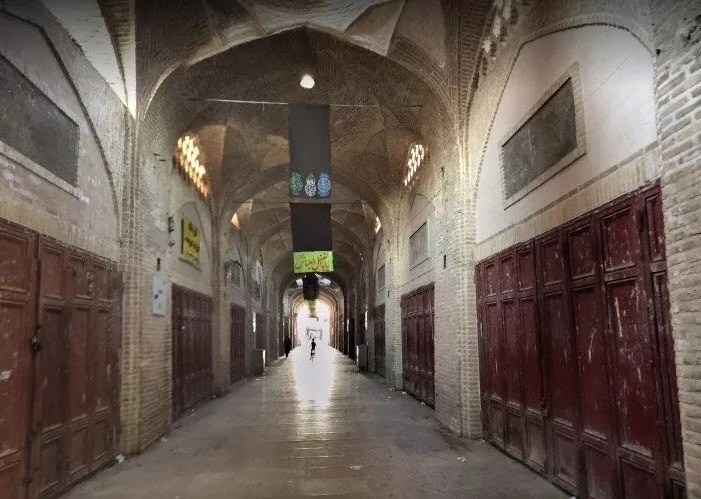
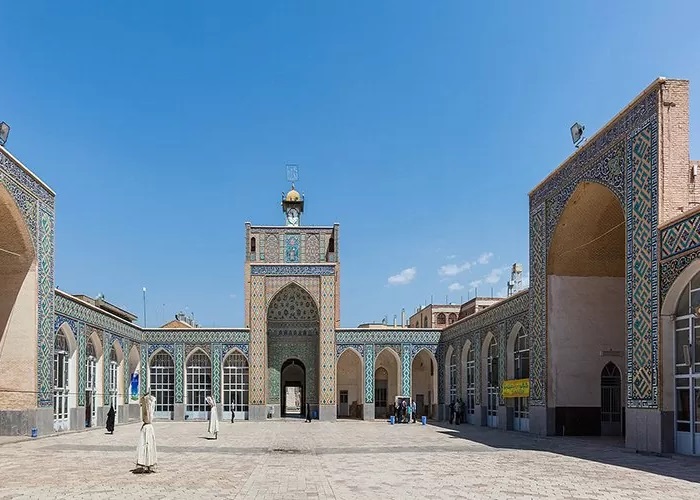
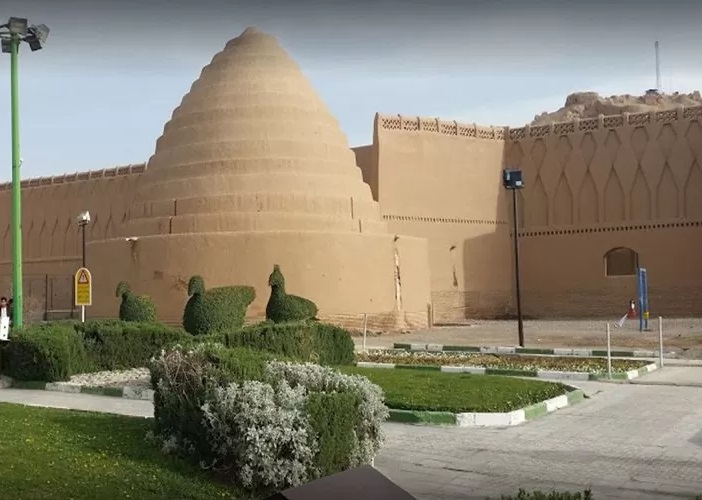
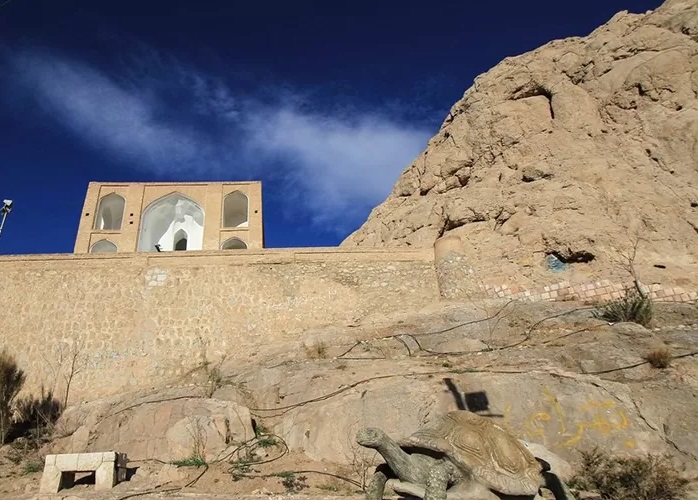
 It should be said that Kerman has a long rich history and witnessed important events in Iran's history, hence it has got the title of 5th historical city in Iran. Thousands of tourists visit the city to see about 7000 historical attractions of the city. Keep up with us on Travital to introduce you to some of the best historical attraction of Kerman with descriptions and full addresses of them.
It should be said that Kerman has a long rich history and witnessed important events in Iran's history, hence it has got the title of 5th historical city in Iran. Thousands of tourists visit the city to see about 7000 historical attractions of the city. Keep up with us on Travital to introduce you to some of the best historical attraction of Kerman with descriptions and full addresses of them. Ganjali Khan Bath
Ganjali Khan as it is evident from his name, was an important person. From 975 to 1004 in Solar Hijri Calendar, he was the ruler of Kerman in King Abbas Safavid era. He built many structures for the welfare of the people of the city, including the bath. This attraction of Kerman has an area of about 11000 square meters and it includes various parts including bath, mosque, water storage, warm house and etc. Due to its historical significance and architectural features, Ganjali Khan bath was registered on national heritage list on May 1968. It is good to know that until current century (1316 SH) people come to this place to take a bath. Finally on 1347 SH (Solar Hijri Calendar) it was renovated and it was turned into an anthropological museum. Visiting Hours: Everyday from 9:00 to 18:00 Address: Ganjali Khan Square, Kerman Grand Bazaar, Kerman Read also: Ganjali Khan Complex – Kerman
Gonbade Jebeliyeh
Gonbade Jebeliyeh is one the mysterious Kerman attractions and it's history is unclear. Some historians say that it was built on late Sassanid era and it was renovated on early islamic era. Some other believe it was built during Seljuq era. In addition to the uncertain date of the first use of the Gonbade Jebeliyeh is not clear to us and it is unclear whether it was originally a fire temple or the tomb of the elders of Zoroastrianism and another narration says that Seyyed Mohammad Tabashiri was buried there. However, the Gonbade Jebeliyeh, also known as the Gonbade Gabri, has survived for years and is now considered a recreation center of Kerman province. On 1383 it was converted to Stone Museum and even in the handwriting of a British general and geographer who wrote about it 120 years ago we read: "When you get pass the cemetery you see a octagonal stone building that has been covered by a dome with the shape of 2 crescents and its interior diameter is 18 foots and also 18 foots from each side and its tip is made from brick. This place is called Gonbade Jebeliyeh and the only stone building in the city is this Gonbade Jebeliyeh." Address: Shohada Street, City of Kerman, Kerman Province
Baghe Fathabade Kerman
Another one of kerman's attractions which belongs to Qajar era is Baghe Emarate Fathabad or Biglarbeigi. The distance to city center is 25 kilometers and on 1381 SH has been registered on national heritage list. we should say that the garden's area is 13 hectares from which in 1500 square meters of it a building was built with Iranian-European style. The reflection of the building in its beautiful front pond is magnificent and you can take beautiful photos here. From different parts we could name the main building which has 2 floors and arches on the sides. For building it, raw clay and mortar have been used. Kerman's rulers museum, painting room, four season monument and herbal medicine fields are among other interesting partsof this attraction. Visiting Hours: Everyday from 10:00 to 22:00 Address: Baghe Fathabad, Ekhtiar Abad,Havanirooz Boulevard, Jomhoori Boulevard, City of Kerman, Kerman Province
Kerman's Bazaar
One of the most important attractions of Kerman and any other city that we travel to is Bazaar. The place were we could get familiar with the culture of the residents and buy their handicrafts so that we have a souvenir or we could give them as a gift to friends and family. Kerman's Bazaar other than characteristics described above, has a historical attraction too. The most of the Bazaar's construction dates back to 8th century (600 years ago) and it has been registered as a country's national heritage. Here is the longest Bazaar in Iran and you could walk in its alleys for hours. More than 60% of the city's attractions are somehow connected to the Bazaar. Centuries ago the famous Silk Road also passed by here and it was a place for the spice trade. Textiles and Copper plates are among the Kerman's Souvenirs. Address: Kermani Street, From Arg Square to Mirza Reza, Kerman
Baghe Herandi
This instance of Kerman's attractions was built on 1290 (Lunar Hijri) by Mohammadreza Khan Adlosultan who was among Kerman's senior military commanders. 23 years later, Abolghasem Herandi bought this 25000 square meter garden for 40000 toomans. Reza Khan stayed at this garden on his journey to exile for a few days and hence this garden became more popular. years later on 1354 SH the owner of the garden gave it to ministry of culture and art. For a while it was been used as the building for cultural heritage, handicrafts and tourism organization but nowadays it is been used for as traditional musical instrument and archaeological museums on first and second floors respectively. Like other city's attractions Baghe Herandi was registered on 1354 SH as a national heritage site. Visiting Hours: Everyday except for mourning ceremony days from 8:30 to 18:00 Address: Before Ferdowsi Street, Tahmaseb Abad Street, Beheshti Street, Kerman
Kerman Zoroastrian Anthropological Museum
Here is the only Zoroastrian Anthropological Museum in the world that was built on 1380 SH. Before that, the building was a fire temple which which was part of a residential mansion which belonged to Jahangir Oshidari (built on 1303 SH). The museum now has an area of 8000 square meter and contains different amenities such as a conference room, educational room, meeting room, library, computer room and support center. Inside the museum, tools are kept which belong to Zoroastrians with 200 years precedence. Although it is registered on the Iran National Heritage list, but it is not kept in a good condition. Visiting Hours: everyday from 6:00 to 21:00 Address: Borzoo Amighi Street, Kerman City, Kerman Province, Iran
Masjed Jame Kerman (Kerman Jame Mosque)
Masjed Jame Kerman which is also known as Majed Jame Mozafari is more 700 years old. According to documents, the Mosque was built outside the city but after years passed and with city growing, it now within the city. The name "mozafari" is comes from a Mohammad Mozafari Meybodi who fought German Oghan tribe. He swore if he became victorious, he will build a mosque and he did, a Four-Porch mosque with spectacular tiles. During several centuries the Mosque was damaged several times and it was renovated every time but the monuments remaining on the walls belonged to Shahrokh on King Abbas Safavid era and Taghi Khan Darani during Zandiyeh era. On 1315 SH the mosque was registered on National Heritage list. Address: Between Shariati Street and Moshtagh Square, Kerman City
Vakil Bazaar
We mentioned the Kerman Bazaar as one of the city's attraction before but one can not make a list of Kerman's attractions and do not mention the Vakil Bazaar. This part of the Bazaar was built by Ismael Khan Vakilal Molk (son of Fathali Khan Nouri). He was the forerunner of the Prince (Crown Prince Mohammad Mirza) and one of the greatest merchants in Kerman. The Vakil Complex contains Vakil Caravanserai, Vakil Bazaar, Vakil Bath, Vakil Mosque, Vakil Water Reservoir which are only parts of Ismael Khan Vakilal Molk's buildings. Vakilolmolk has built several buildings in Kerman, Balouchestan, Tabriz (Hokm Abad Neighborhood) and Tehran (Sangelaj Neighborhood) which include a few Caravanserai, subterranean canal, creek, garden, farm, water reservoir and bath. The Vakil Bazaar has all the parameters of an Iranian Bazaar and it is one of the most spectacular parts of the Kerman Bazaar. Address: Between Jame Mosque and Arg, Kerman City, Kerman Province
Malek Mosque
Jame Malek Mosque or Imam Mosque was built on Seljuq era and we should emphasis that it is the largest and oldest mosque in Kerman. This 1000 years old mosque has large halls and courtyards. It is interesting to know that until 50 years ago, duct of Mastooreh (daughter of king Tooran I) used to pass through the mosque and it arrived at a 4 meter waterfall and worshipers used it for ablution. Unfortunately the duct dried and now the waterfalls are covered by stone. Hall of Imam Hosein is the most famous hall of the mosque. The beautifully plastered altars are among spectacular parts of the building. Seljuq's brick tower that only 6 meters of it is still intact is situated on north east of the mosque. The Malek Mosque is registered as a national heritage on 1346. Address: Imam Street, Kerman City
Zarisef Refrigerator
A fridge containing reservoir, fence, pool and Ice hole which was built during Qajar era. Here is also one of the Kerman's attractions and a national heritage site. Over the tall walls of the building there is a flat surface on which water freezes in winters and the wall's shade prevents the ice from melting. The structure is designed in such a way that the water's depth does not exceed 30 to 40 cm. In the morning, they broke the ice and they put it in the reservoir . For preventing the ice to glue to each other, chaff was used. Address: Alasht Junction (Shohadaye Darlak), Zarisef Street, Kerman City
Takhte Darya Gholi Beig
Takhte Darya Gholi Beig is one of the other Kerman's attractions which has been left alone and abandoned. The building is in the city's south east part and it has has a view to Ghale Dokhtar Mountain. Dargah Gholi beik have been buried here. He was of the Safavid rulers and chief to Afshar tribe. He was a rich person and he had bought part of the Sarasiab mill. In the proximity of Beyram Abad, he built a beautiful building and made a pond nearby (which now has become dry). Years later, the spouse of Mohamad Esmaeil Khan Vakilolmolk (Builder of the Vakil Bazaar of Kerman) the building was renovated and today a road passes near it. Although even with these renovations, today people have written on the doors and walls of the building and certainly the visit of the place would not be a pleasant one for tourists and historical sites enthusiasts. It would be interesting to know that 2 important journalists of Kerman, Majd Al Eslam and Amin Al Eslam are buried here. Majd Al Eslam's sister, known as Bibi Sakineh Afshar and her son Abd Al Hosein Majd are buried here too. Address: Ghaem Boulevard, Abad Square, Kerman, Beiram
Other attractions in Kerman
[getattraction ids="8977,8915,8919,8831,8811,8804" number=0]Your Travel Journey Starts Here
Sign up and we'll send the best deals to you

